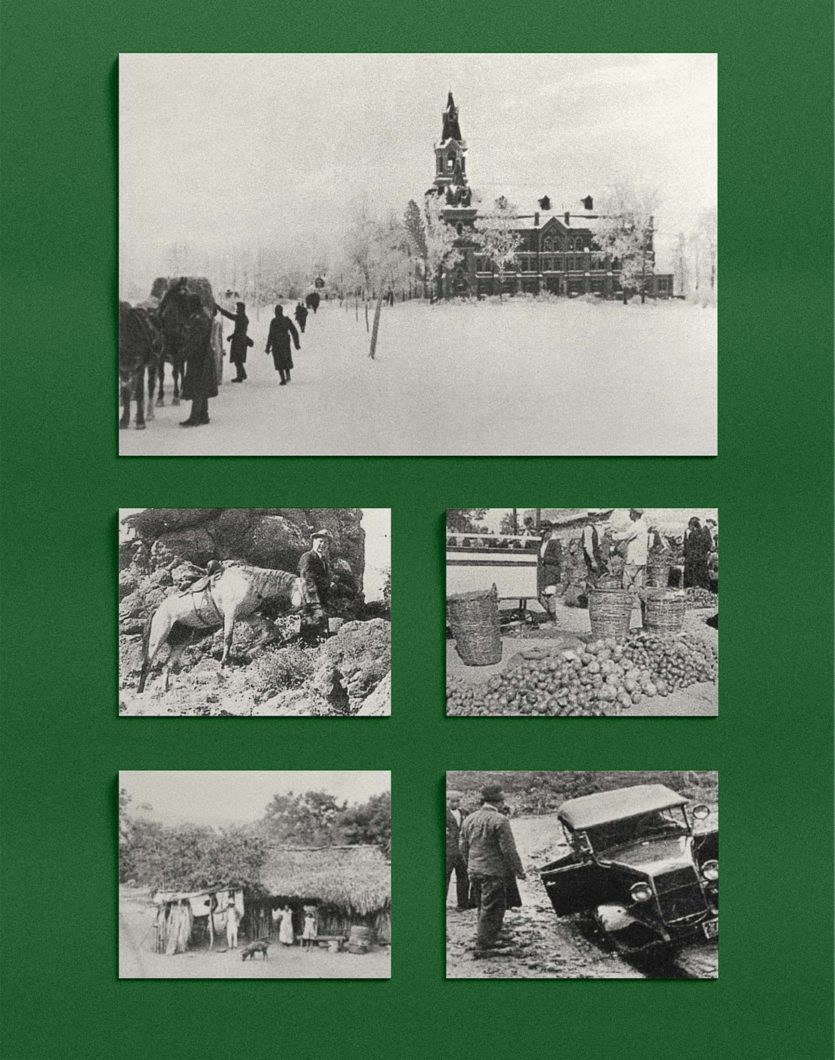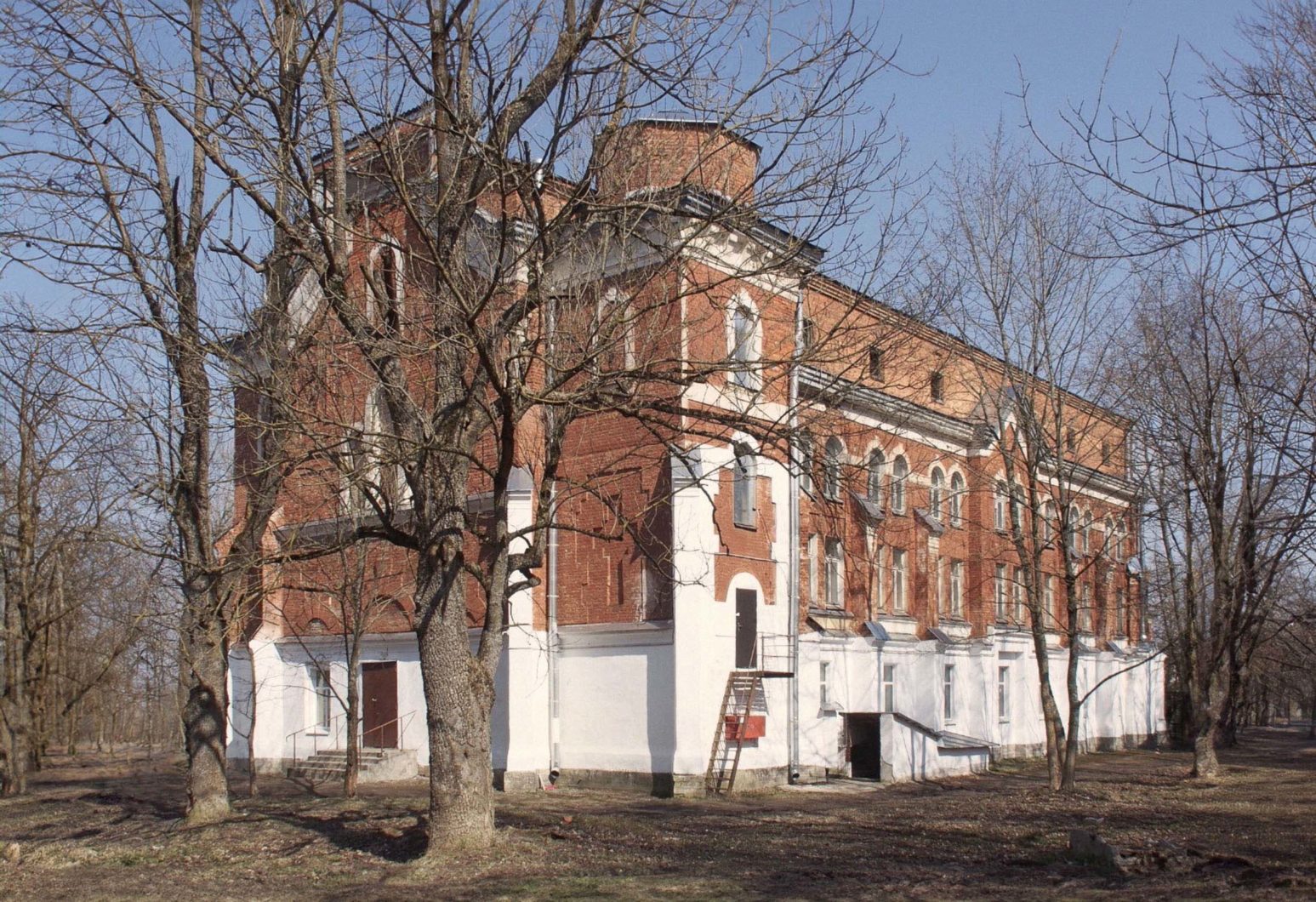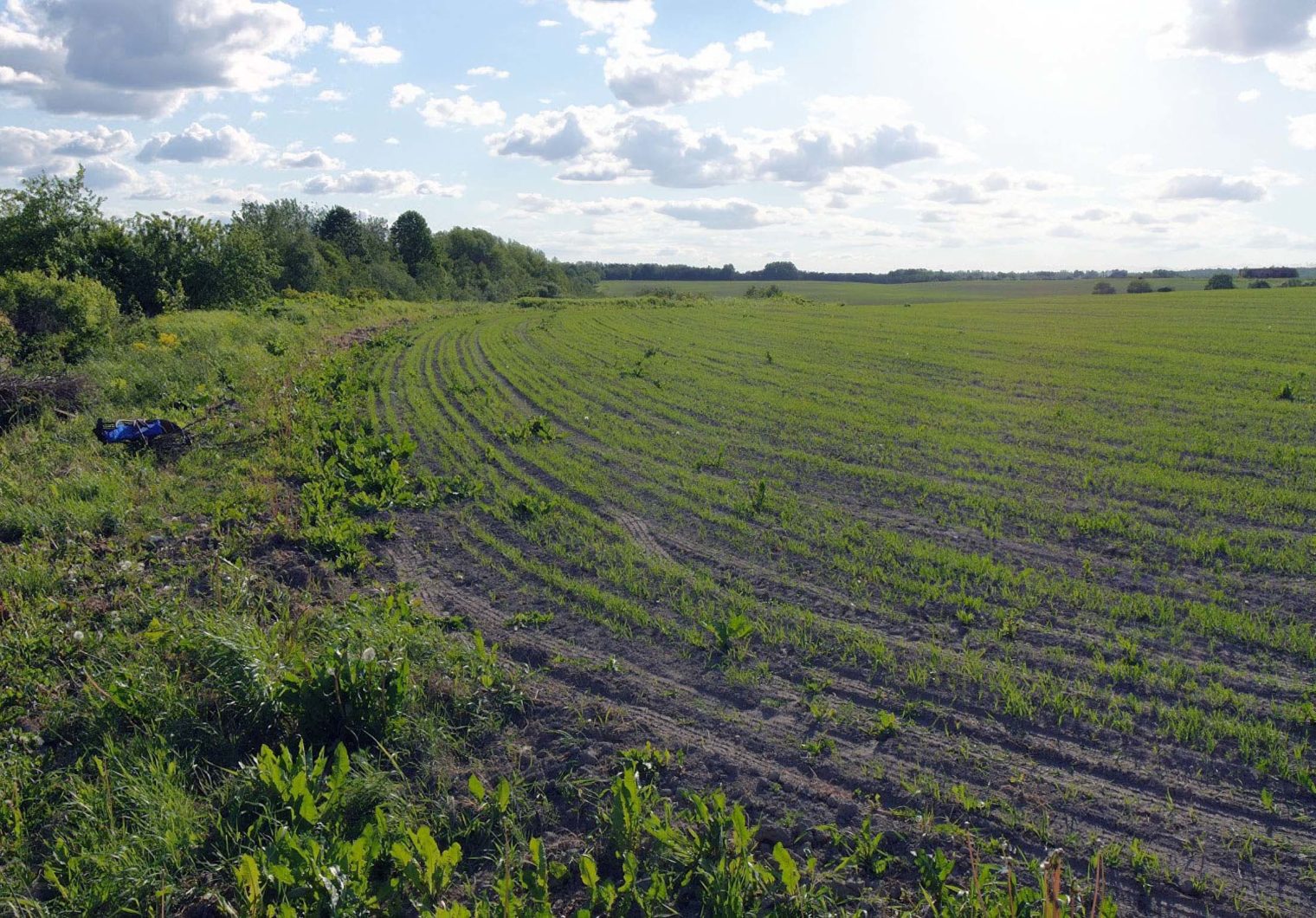Pavlovsk Experimental Station
An agricultural experiment station and gene bank






Initiator(s)
Nikolai Vavilov
Description
The project is an agricultural experiment station and gene bank that is included in the Institute of Plant Industry in St. Petersburg. Started as one of the first seed banks out of 11 that Vavilov created across the former Soviet Union, it contains an extensive collection of more than 5000 varieties of fruits and berries. The collection survived the 28-months Siege of Leningrad during World War II, when several botanists starved to death rather than eat the collected seeds. The institute houses one of the world's largest collections of seeds and planted crops, it includes almost a thousand types of strawberries from more than 40 countries, blackcurrant varieties from 30 countries, 600 apple types from 35 countries and more than a hundred varieties each of gooseberries, cherries, plums, red currants, and raspberries.
Goals
To preserve seeds for the future, for the study and improvement of wheat, corn, and other cereal crops. These varieties are needed to provide genes to protect commercial varieties against new threats ranging from pests to climate change. The station was established with the idea that seed banks are repositories of plant diversity that could be used to breed new varieties in response to threats to food production.
Beneficial outcomes
His theories and the seed bank itself have been used as resources for numerous studies.
Location
Russian Federation
Users
Nikolai Vavilov, botanist, scientists, students
Maintained by
N.I. Vavilov Research Institute of Plant Industry
Duration
1926 - ongoing
Category
Scientific
Pedagogical
Politics
Urban Development
Economy
Environment
Social






